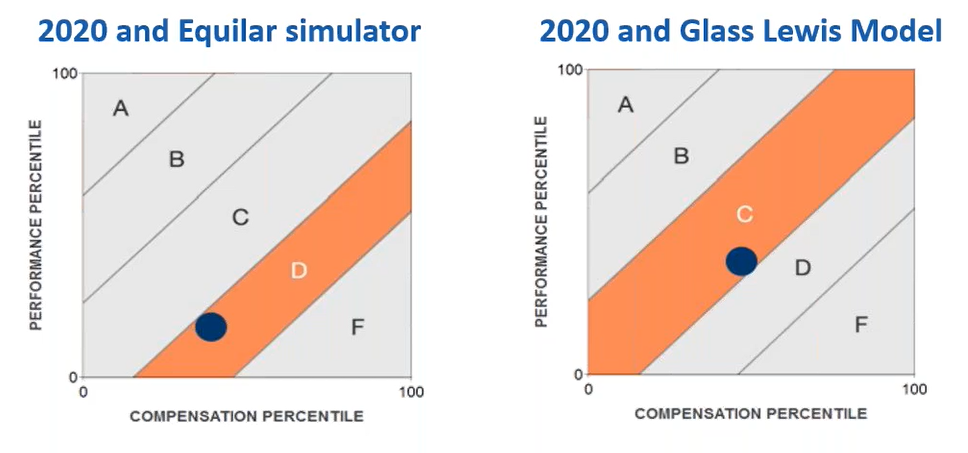Glass Lewis New Peer Group Methodology for Say on Pay
Glass Lewis and CGLytics recently held a webinar to explain Glass Lewis’ new peer group methodology, taking effect from January 1 this year.
The new model implemented by Glass Lewis changes the way peer groups are determined for the Say on Pay recommendations in their proxy papers. During the webinar Glass Lewis’ Julian Hamud, Senior Director of Executive Compensation Research, explains:
“The new partnership with CGLytics has given the opportunity to provide better research for our clients. We are moving from a market-based approach to a proven peer-approach, which will improve our say on pay and compensation analysis.”
Hamud goes on to explain in detail the problems they encountered with the previous model including rigidity with no ability for manual adjustments to the peer algorithm when unique context of a company is justified, and large industry favoritism.
The impact on pay for performance grades and recommendations is also highlighted with a case study detailed by Aaron Bertinetti, Senior Vice President, Research and Engagement, Glass Lewis.
Using the example of Franklin Resources Annual General Meeting (AGM) being held on February 12, 2020, Bertinetti shows the difference in pay for performance grades awarded using both the old and new Glass Lewis model and peer methodology. This example reveals an improved Grade C, whereas using the previous peer groups and model it would result in a Grade D.

Due to the change of Glass Lewis now using CGLytics data to power their Say on Pay recommendations, and adapting their methodology to peer-based approach, companies need to understand:
- • How the Glass Lewis peer groups are now constructed,
- • Why you and your company should care, and
- • The benefits of the new peer group methodology.
To learn more, click here to watch the webinar by Glass Lewis and CGLytics.









